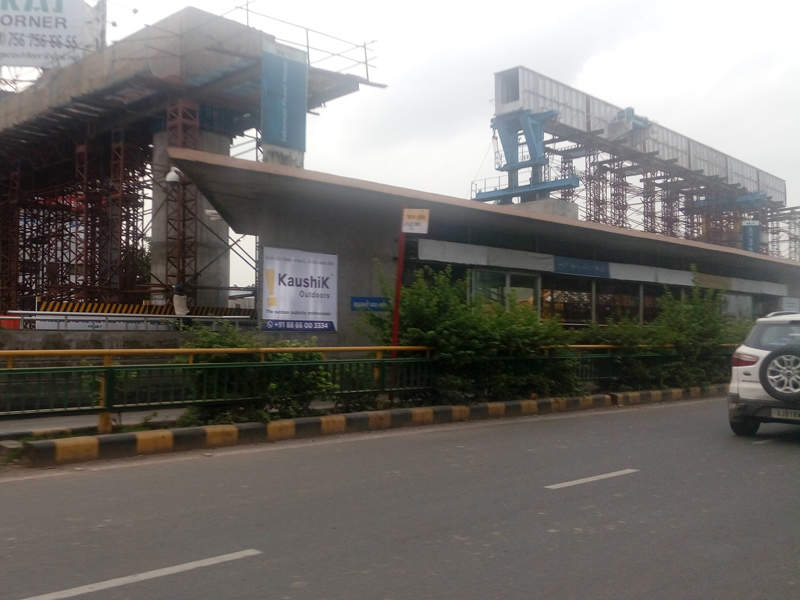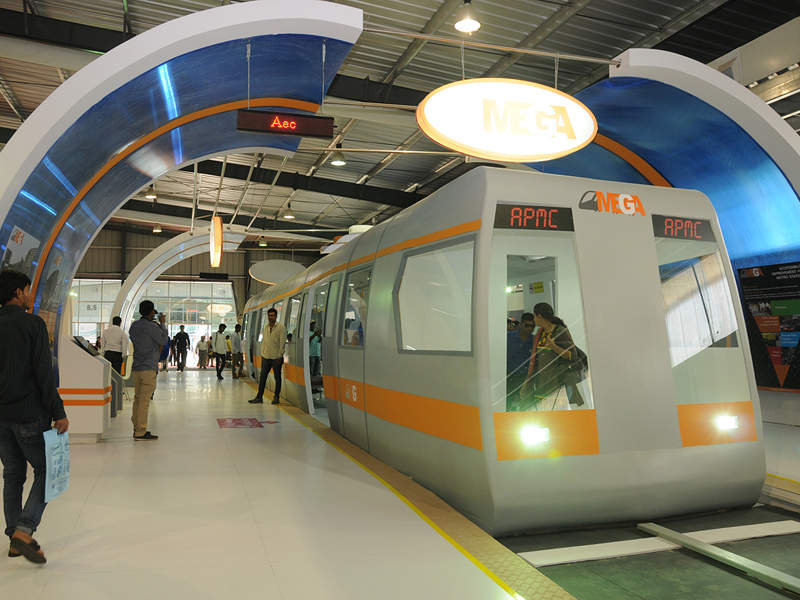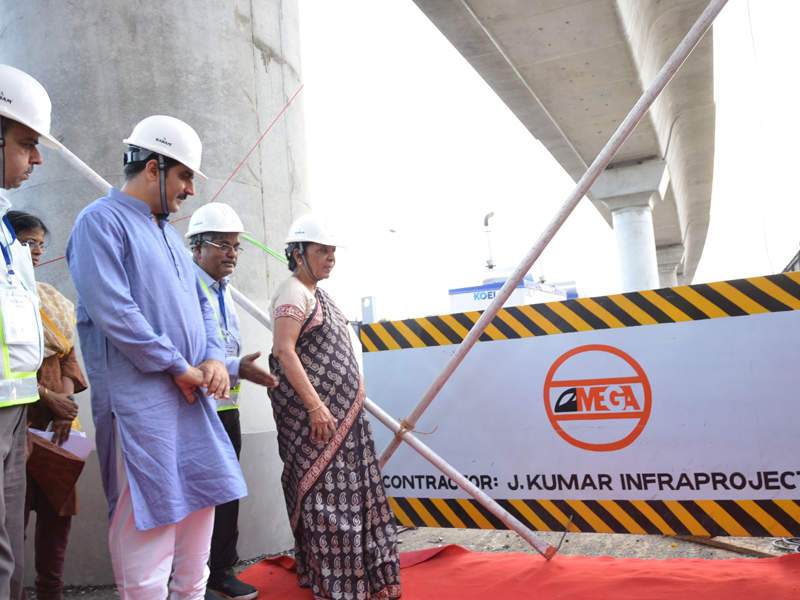Ahmedabad Metro is a new rapid transit system under construction between Gandhinagar and Ahmedabad in the state of Gujarat, India.
The project is being developed by the Metro Link Express for Gandhinagar and Ahmedabad (MEGA), a special purpose vehicle (SPV) jointly owned by the Government of India (GoI) and the Government of Gujarat. MEGA will own and operate the project.
The final detailed project report (DPR) for the Ahmedabad Metro was prepared by the Delhi Metro Rail Corporation (DMRC) and approved in March 2015. Construction began with the ground-breaking ceremony held in March 2015 and is expected to be completed by the end of 2020.
A 6.5km section of the first phase of the project between Vastral Gam Station and Apparel Park Station opened in March 2019. The foundation ceremony for the second phase was also laid on the same date.
The metro project aims to meet the transport needs of the city’s growing population, which has reached 8.64 million as of 2020.
Line routes and stations
The total length of phase one of the Ahmedabad Metro project is 40.03km, of which 6.5km is underground and the remainder is elevated. The first phase includes two corridors and 32 stations, connecting the four sectors of Ahmedabad city.
The first phase is divided into two sections, the North-South Corridor and the East-West Corridor. The 18.87km-long North-South Corridor will have 15 stations. It will connect Motera Stadium with APMC and have stations at Sabarmati, AEC, Sabarmati Railway station, Ranip, Vadaj, Vijaynagar, Usmanpura, Old Highcourt, Gandhigram, Paldi, Shreyas, Rajivnagar and Jivraj.
The 21.16km-long East-West Corridor will have 17 stations. It will pass through Nirant Cross Road, Vastral, Rabari Colony, Amraiwadi, Apparel Park, Kankaria East, Kalupur Railway Station, Ghee Kanta, Shahpur, Old High Court, Stadium, Commerce Six Road, Gujarat University, Gurukul Road, Doordarshan Kendra and Thaltej stations, connecting Vastral Gaam to Thaltej Gaam.
The underground section will feature four stations, while the elevated link will have 13 stations. The interchange station for the corridors will be the Old High Court station.
The 28.2km-long second phase will include two corridors and connect Mahatma Mandir, Sachivalaya, Gift City and Pandit Deendayal Petroleum University (PDPU). Corridor 1 will be 22.838km starting from Motera Stadium to Mahatma mandir, while Corridor 2 will be 5.416km starting from GNLU to GIFT City. Phase two will include a total of 24 stations.
Ahmedabad Metro project infrastructure
The metro system will feature ballast-less tracks, GPS-based rail tracking system, train destination indicators, automated fare collection and parking facilities.
It will also feature fibre optic cables, supervisory control and data acquisition (SCADA) systems, train radio and a public address system. Control telephones and a centralised clock system will be installed, while the automatic fare collection system will be integrated with passenger-operated machines and smart cards.
Contractors involved with Ahmedabad metro project
Hyundai Rotem was awarded the contract for the design, manufacture, supply, installation, testing and commissioning of 96 standard gauge cars, as well as personnel training, in October 2017. Nippon Signal secured the contract for signalling and train control systems.
In January 2017, Larsen & Toubro (L&T) received the contract to construct the section between Kalupur and West Ramp, which includes tunnels and two stations. Power supply receiving and distribution system, 750V DC third rail traction electrification and SCADA system will be provided by a consortium of Siemens India and Siemens.
In December 2016, Simplex Infrastructure received the contract to construct the 8.94km-long link between Shreyas and Ranip, including viaducts and six stations.
A joint venture (JV) between the China Civil Engineering Construction Corporation and Tata Projects won a contract to construct a section between Thaltej Gam and West Ramp in January 2017, including a viaduct and seven stations.
Oriental Consultants India, an infrastructure consulting firm, was appointed as the general engineering consultant for project by MEGA.
Systra Group was appointed as the lead consultant of a consortium to provide consultancy, design and project management services for phase one of the project.
Financing
The estimated investment for the construction of phase one of the metro is $1.65bn. The Government of India and the Government of Gujarat committed to provide $305.46m each, while the Japan International Cooperation Agency will provide $931.13m as a loan. The state government also agreed to provide a subordinate debt of $111.59m.










